The Anaconda is a large snake that lives in South America. Researchers recognize four different species, all of which they place in the taxonomic genus Eunectes. They are members of the boa family, and their closest relatives include boa constrictors, tree boas, and rainbow boas. Read on to learn about the Anaconda.
Description of the Anaconda
These snakes are well-known for their impressive length and weight. In fact, they are one of the heaviest snakes in the world. Large specimens reach lengths of 16 ft. or more, and they weigh 150 lbs. or more.
These snakes have dark brown or greenish-yellow scales, with black or brown patches.
Interesting Facts About the Anaconda
Each of the four different species is slightly different from the next. Learn more about the individual species and their unique traits below.
- Green Anaconda – This species is the best-known, and the largest, of the four species. The longest recorded individual was 17 ft. long, and weighed 215 lbs., but people have reported sightings of even larger snakes.
- Yellow Anaconda – The yellow species comes in at a modest 12 ft. long. True to their name, their scales are yellow in color, with dark brown markings.
- Dark-Spotted Anaconda – Researchers aren’t even sure how many animals are left in this population of snakes. These reptiles are quite rare and elusive. Habitat destruction threatens this species, but scientists aren’t quite sure how severe their decline is.
- Bolivian Anaconda – Scientists originally mistook this species as a hybrid of the green and yellow species. More recently, they have separated this snake into its own species using genetic research.
Habitat of the Anaconda
All four species occupy similar habitats. They are aquatic creatures, and their favorite ecosystems are rivers, streams, swamps, and flooded regions. With muddy-colored scales, they have perfect camouflage for turbid, or murky waters.
Occasionally, they leave the water to hunt or sunbathe. When they do, they range through tropical rainforest, savanna, and grassland habitats.
Distribution of the Anaconda
Each species has its own unique range, but researchers aren’t quite sure of the exact range for some of the more reclusive species. Overall, you can find these snakes throughout the Amazon River Basin and the surrounding areas in South America.
Of the four, the green species has the widest range. It lives throughout most of South America to the east of the Andes Mountains.
The yellow species ranges through parts of Brazil, Bolivia, Argentina, and Paraguay. Researchers believe that the darkly-spotted species lives primarily in French Guiana and northern Brazil. Finally, the Bolivian species hails from Bolivia.
Diet of the Anaconda
These large reptiles are carnivores, which means that they eat other animals. They eat just about anything they can catch and swallow. Their primary method of hunting is ambush, where they wait for prey to come to them.
Smaller snakes eat birds, fish, young caiman, frogs, small mammals, and other snakes. Adults feed on caiman, tapir, capybara, jacana, pudu, agouti, and more.
Anaconda and Human Interaction
Humans and Anacondas interact to some extent. However, these snakes live in relatively remote regions, so attacks on humans are not common. Sadly, humans kill these snakes to sell their body parts for traditional medicine and spiritual rituals.
Habitat loss also poses a threat to all of the various species. Destruction of the rainforest for logging, agriculture, mining, and the spread of the human population all cause decline in the wildlife populations of those areas.
Domestication
Humans have not domesticated this snake in any way.
Does the Anaconda Make a Good Pet
We just told you that some species reach 17 ft. in length. You really should have just skipped over this section.
Anaconda Care
As you might have guessed, housing such a large species of snake can be difficult. Zoos must have large enclosures, and provide lots of water features for the snake to lurk in. They feed the snakes a variety of different items, including previously frozen (and subsequently thawed) rats, mice, fish, rabbits, and more.
Behavior of the Anaconda
These reptiles are most active during sunrise and sunset, making them crepuscular. They are solitary, and spend most of their time in or near the water quietly waiting for food. Their eyes sit atop their heads, which allows them to submerge the rest of their bodies so prey cannot see them.
During the dry season, male snakes begin searching for females to breed with. They travel surprising distances while searching for a mate.
Reproduction of the Anaconda
After mating, it takes about 6 or 7 months for the snake to give birth. All species are ovoviviparous, which means that they develop the eggs inside their bodies, the eggs hatch internally, and they give “live” birth.
Most clutches contain between 20 and 40 young snakes. After giving birth, the female leaves and the young must fend for themselves. It takes 3 or 4 years for the young to reach sexual maturity.

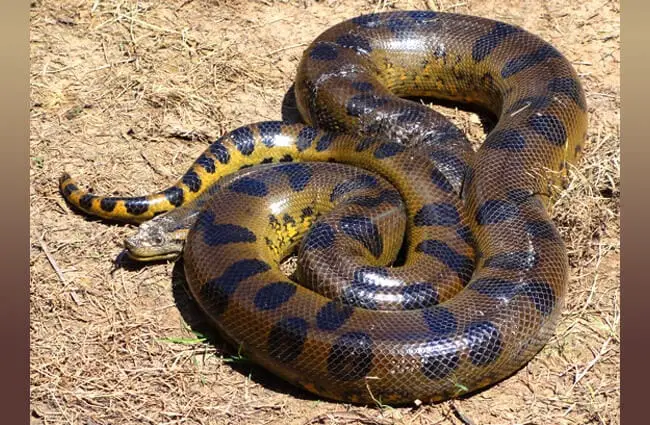

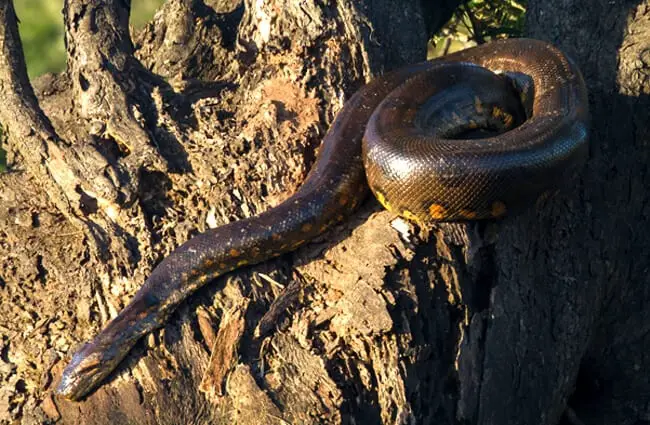
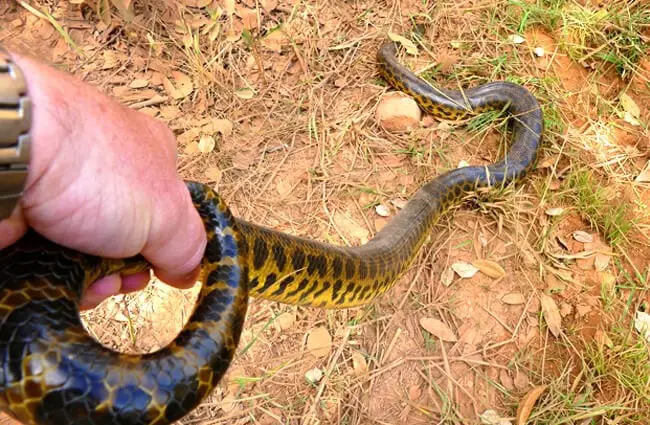
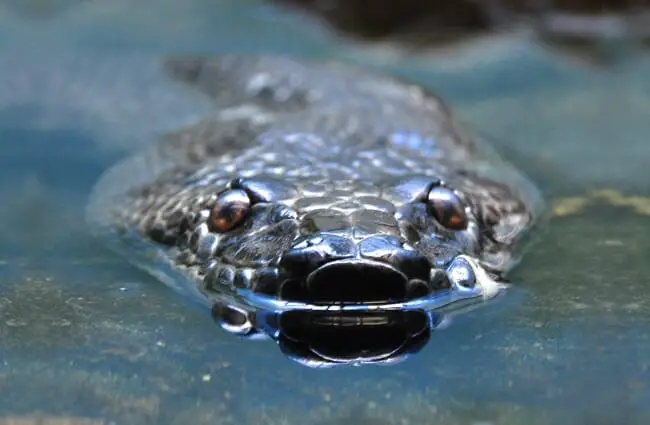
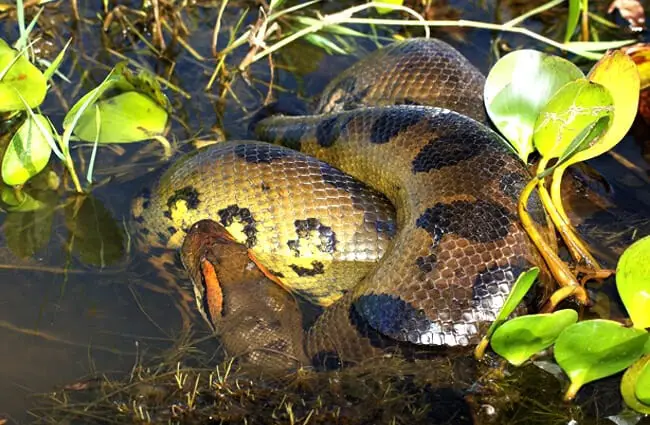
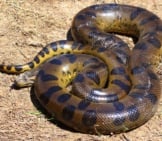
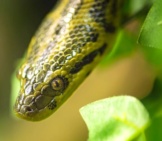
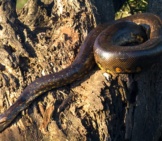
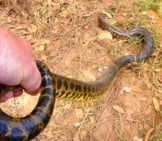
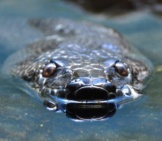

![Red Angus Closeup of a beautiful Red Angus cowPhoto by: U.S. Department of Agriculture [pubic domain]https://creativecommons.org/licenses/by/2.0/](https://animals.net/wp-content/uploads/2020/03/Red-Angus-4-238x178.jpg)












![Red Angus Closeup of a beautiful Red Angus cowPhoto by: U.S. Department of Agriculture [pubic domain]https://creativecommons.org/licenses/by/2.0/](https://animals.net/wp-content/uploads/2020/03/Red-Angus-4-100x75.jpg)

